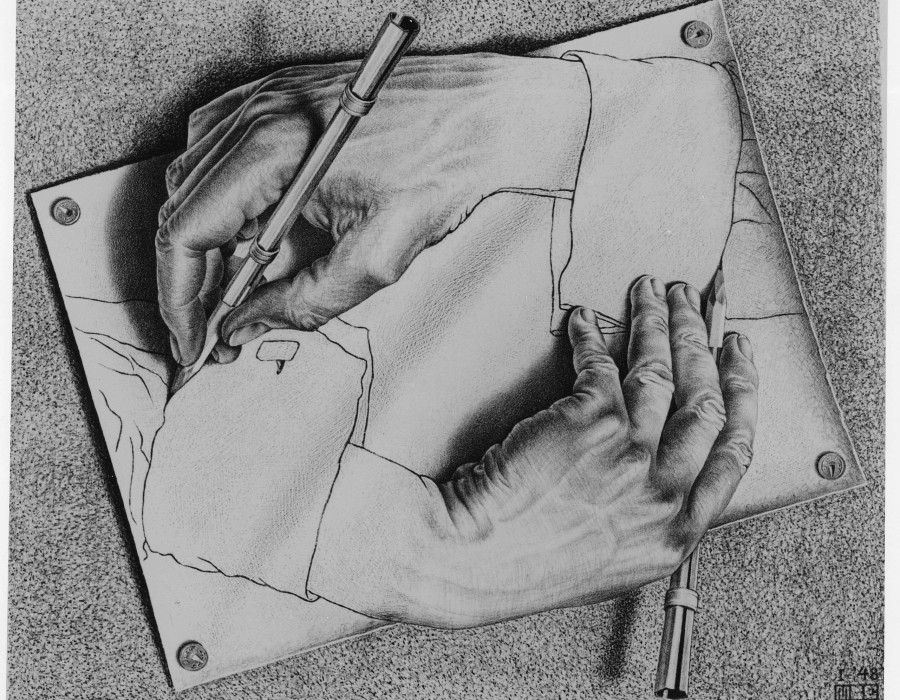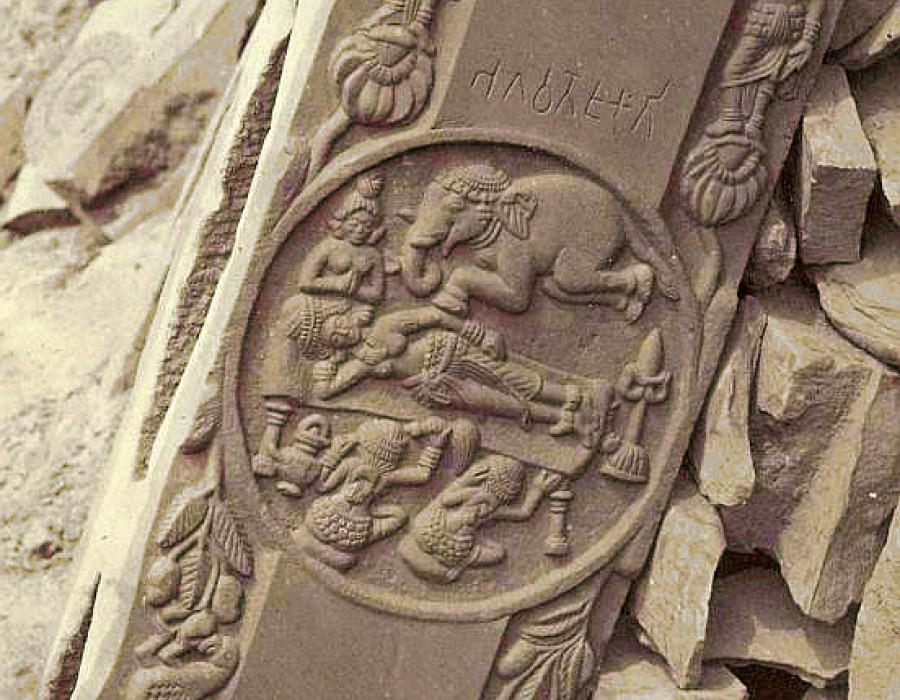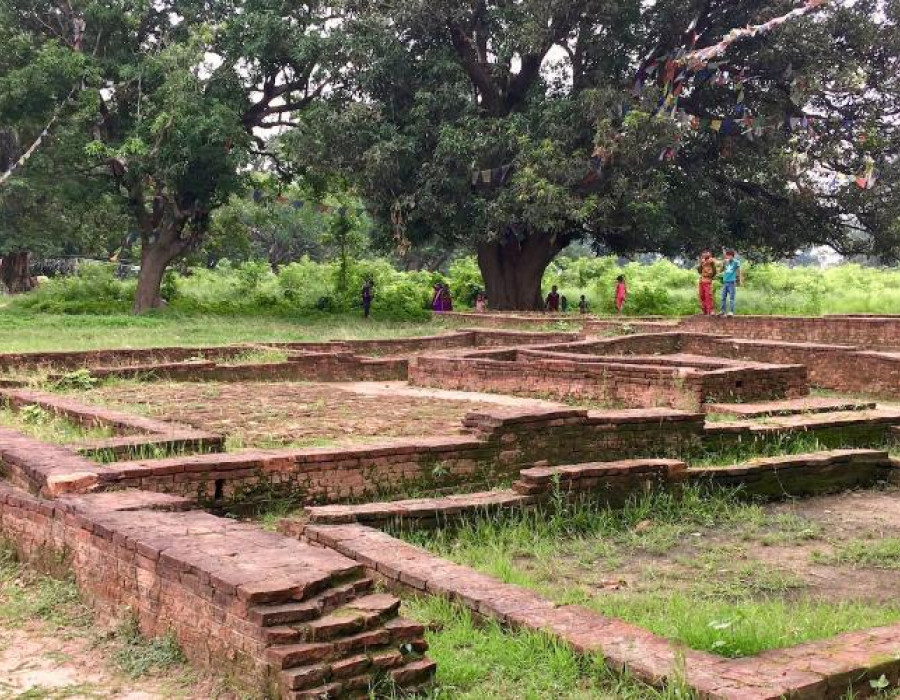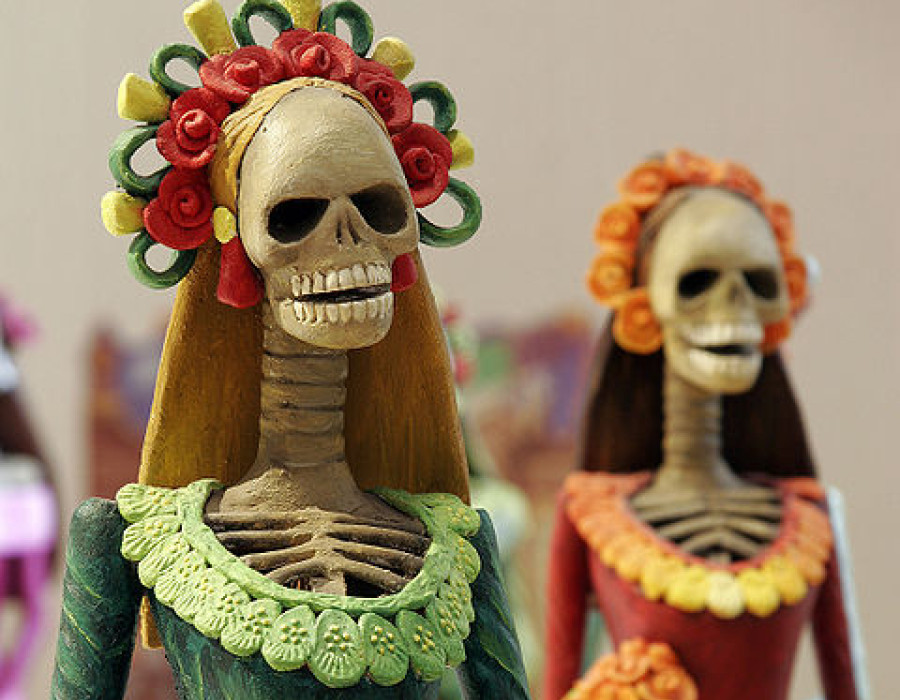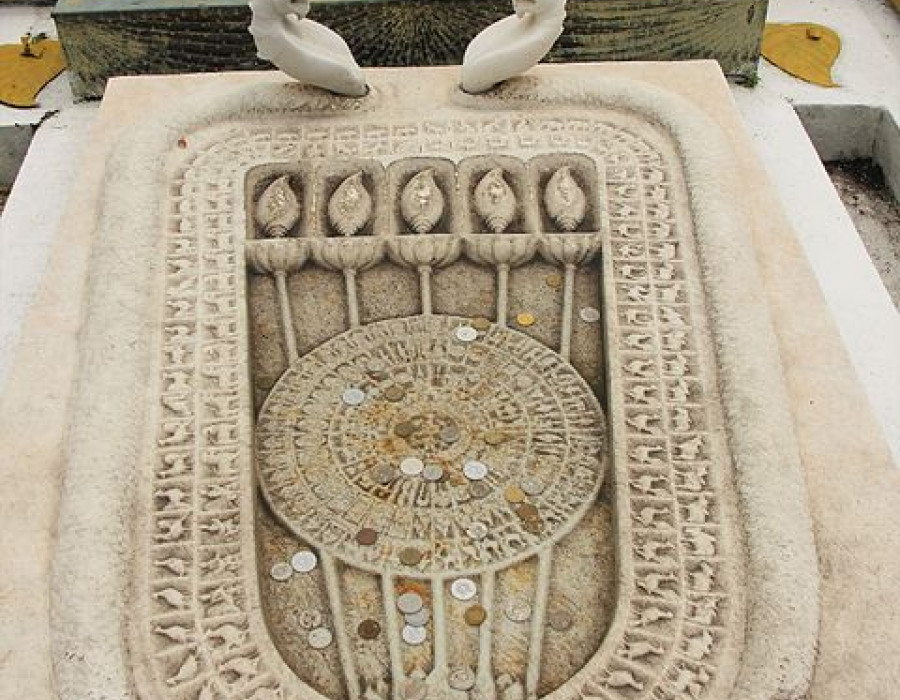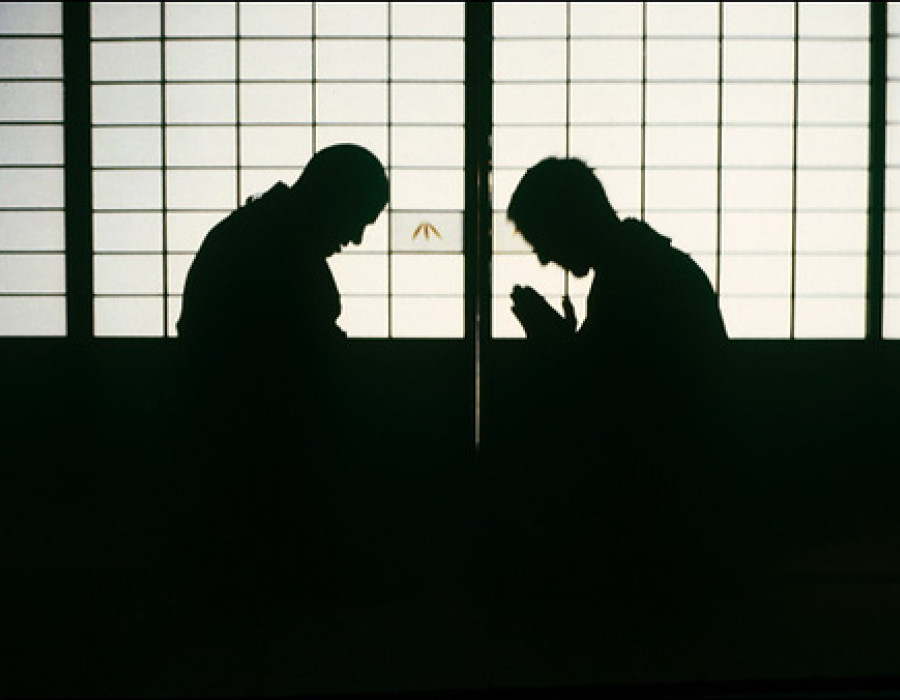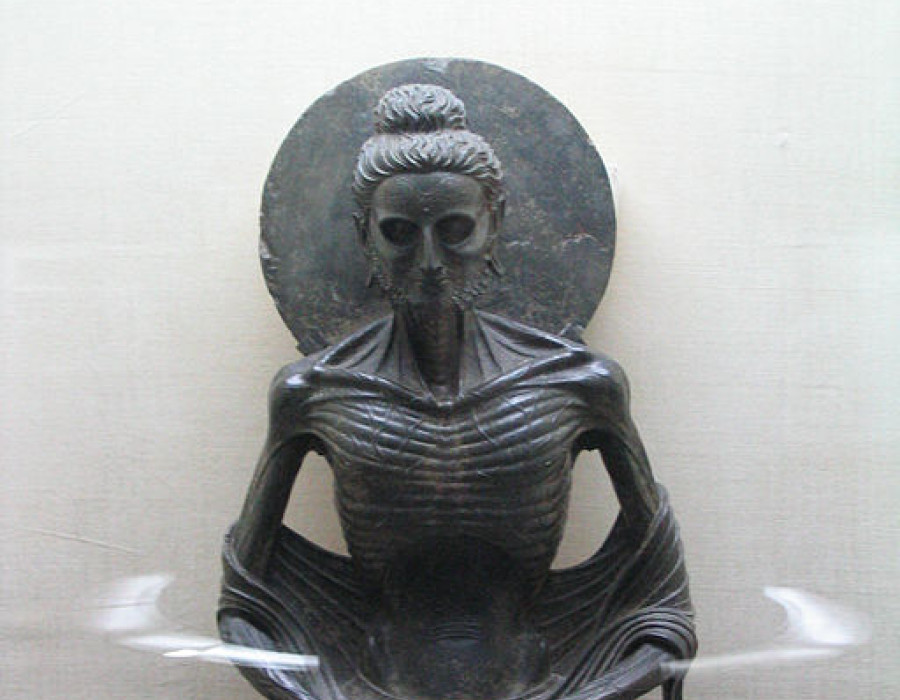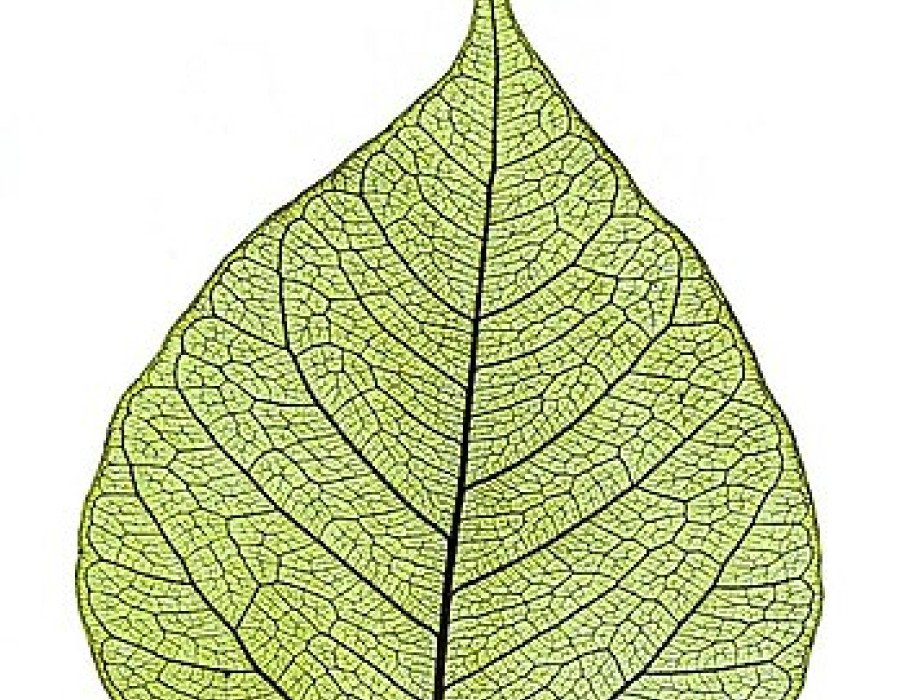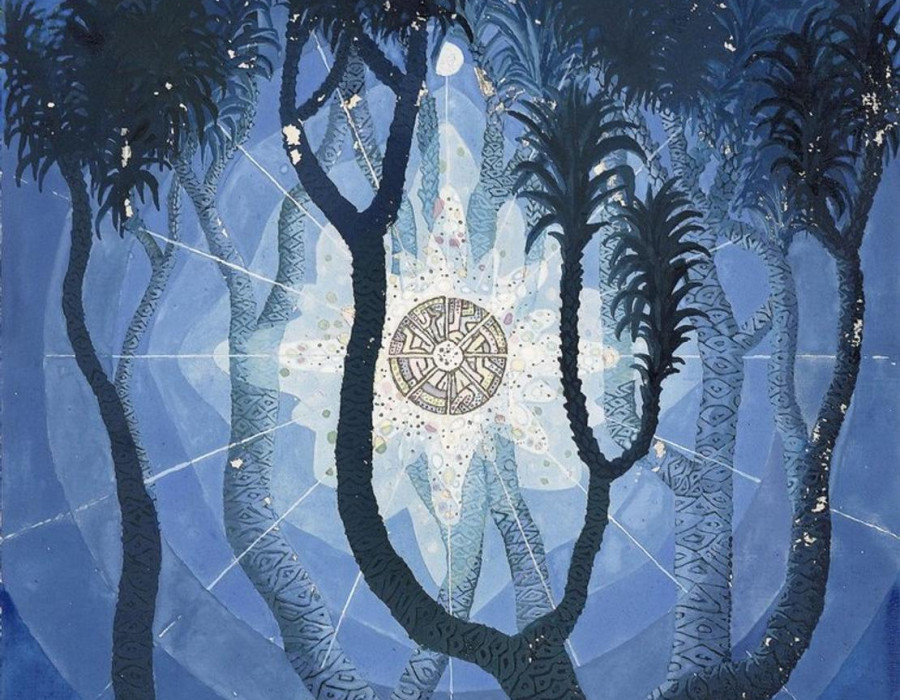
Martin Goodson
Four Fateful Trips Beyond the Palace
From Miraculous Birth to the Buddha's Enlightenment
The bubble of security bursts for Prince Gautama when he leaves the palace on four trips. Suffering is often the way into the spiritual life once we realise that we have been living in blind ignorance of the truth. This trauma can cast us into despair or set us upon a new path.
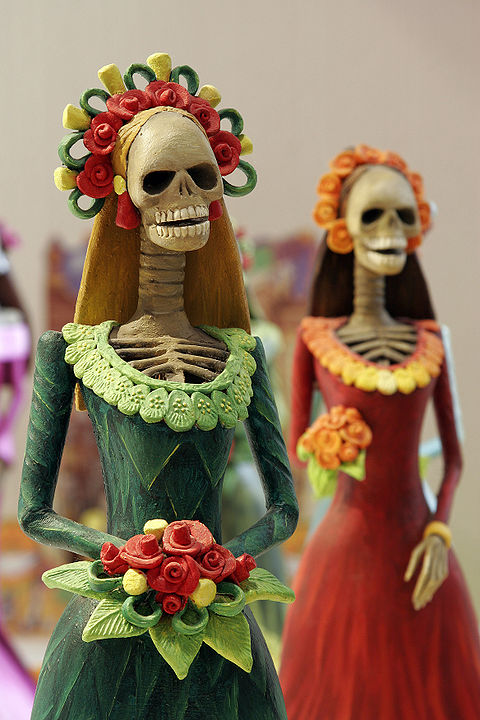
Modern representations of La Catrina
© Tomas Castelazo, www.tomascastelazo.com / Wikimedia Commons, CC BY-SA 3.0, wikipedia.commons
So, King Suddhodana arranged for the streets to be cleared of anyone who looked ill or distressed and made sure only the most beautiful people were on show. However the story goes that the gods themselves took a hand in the matter as this was going to be a pivotal event in the life of the young prince and it was important that what happened next would cause a complete turnaround in his life.
In total the prince took four trips outside the palace. On the first trip, he witnessed a sick man, on the second an old man, on the third, a corpse, and on the fourth, a wandering holy man sitting in the dust by the side of the road.
Each time he had to ask his charioteer, Channa, what he was seeing. Channa explained quite graphically that what he was seeing was what happened to all of us in time. Not only does this happen to us, but it happens also to those we love, our parents, our spouses and our children.
This was a revelation to the prince.
Now, this may seem odd, as we heard earlier that the prince was well-educated and must have been aware that people grow old, get sick and die. Yet to see it with his own eyes somehow brought it violently home to him.
Every day we hear terrible things that are happening in the world and yet are we touched by them?
By and large we feel, perhaps unconsciously, that these things are happening to other people.
For instance, if there is a terrible accident, for example an aircraft crashing and killing everyone on board, we react something like this: if the passengers come from the other side of the world, then, yes, it is tragic but we soon forget it; if there are a number of passengers from our own country, then we begin to sit up and take notice; if there is someone from our own town or neighbourhood, then we begin to feel it is closer to home, and if there was a member of our own family, then we are bereaved.
The closer that it comes to ‘I’ the more ‘real’ it becomes.
Those first three outings brought home to the prince the precariousness of life and the truth of impermanence. When we look at the Great Wheel of Life, we see that it is in the clutches of a three eyed fierce monster. That monster is nothing other the principle of impermanence, one of the Three Signs of Being. The reason that it looks so terrifying is that it is just at this moment taking away some cherished thing. If it were taking away a despised thing then it would assume the guise of a delivering angel. We see things in terms of ‘I’ and ‘me’ and ‘mine’.
By the time of the fourth trip out, we must remember that the prince had been deeply traumatised by what he saw. All he could see was sickness, old age and death and the world was on fire with it.
When he came across the holy man sitting serenely he could not understand it. So he asked the man, why was he so at peace? The reply came that his peace came from his search for the deathless.
The prince vowed that if that were so then he too would search for the deathless.

